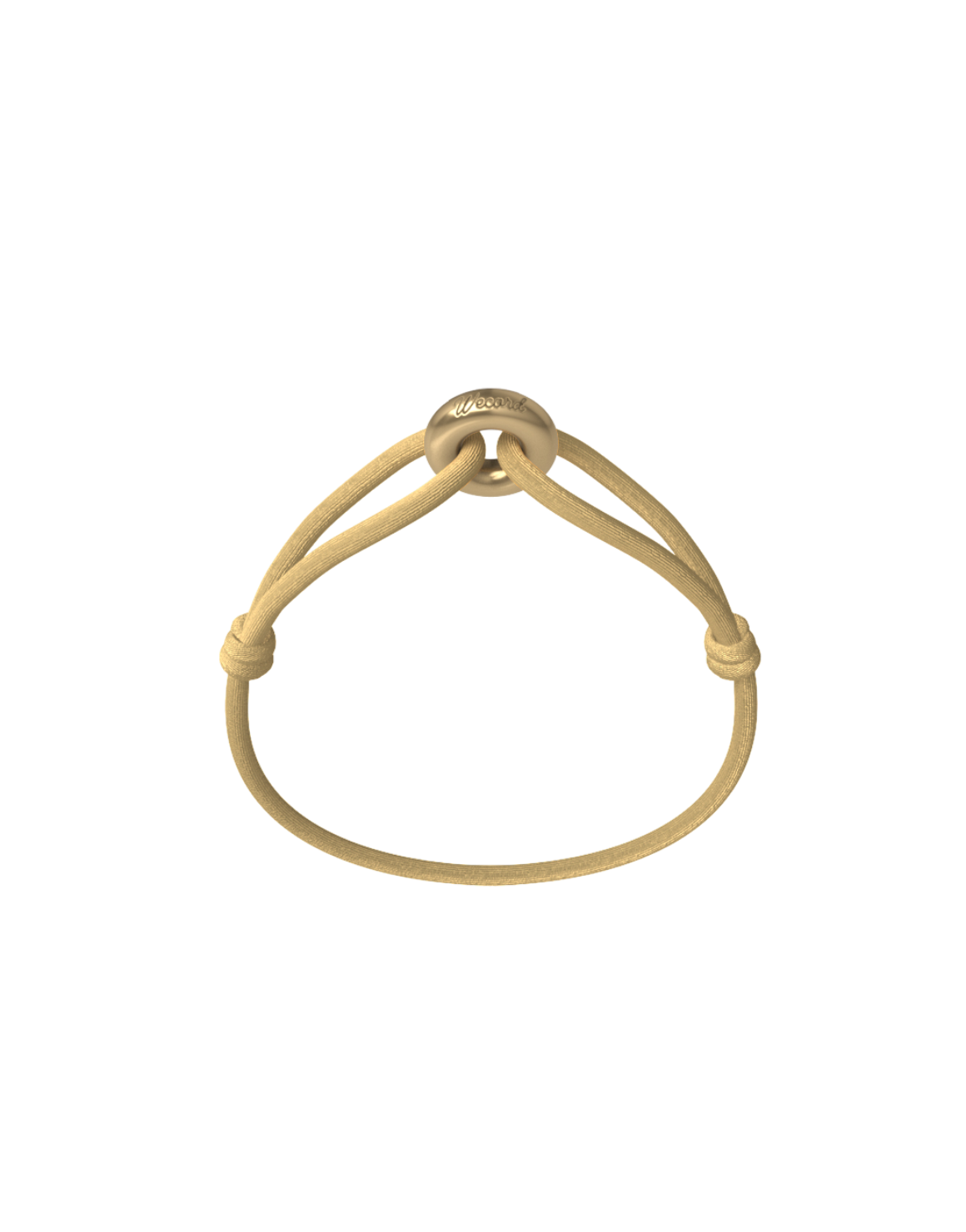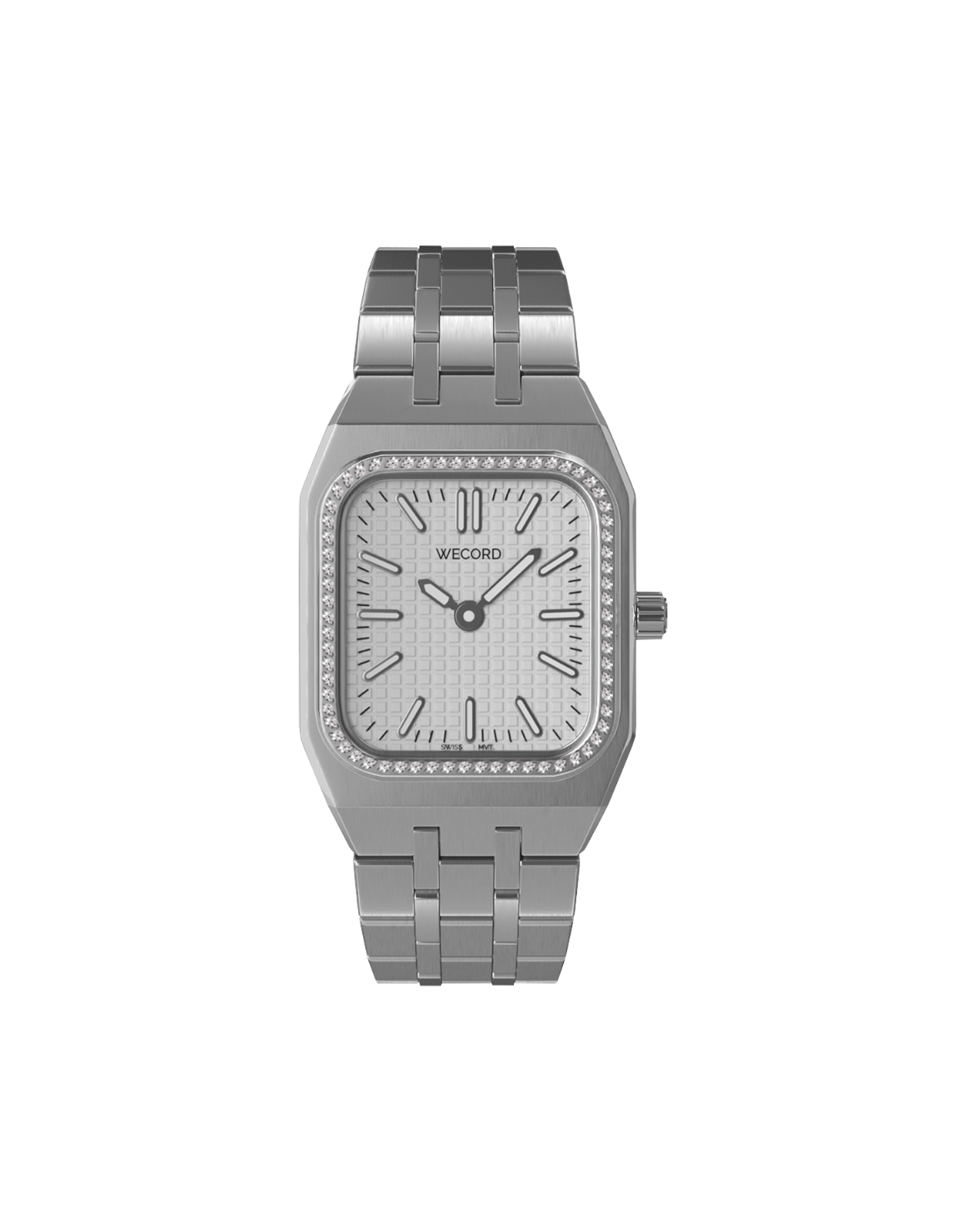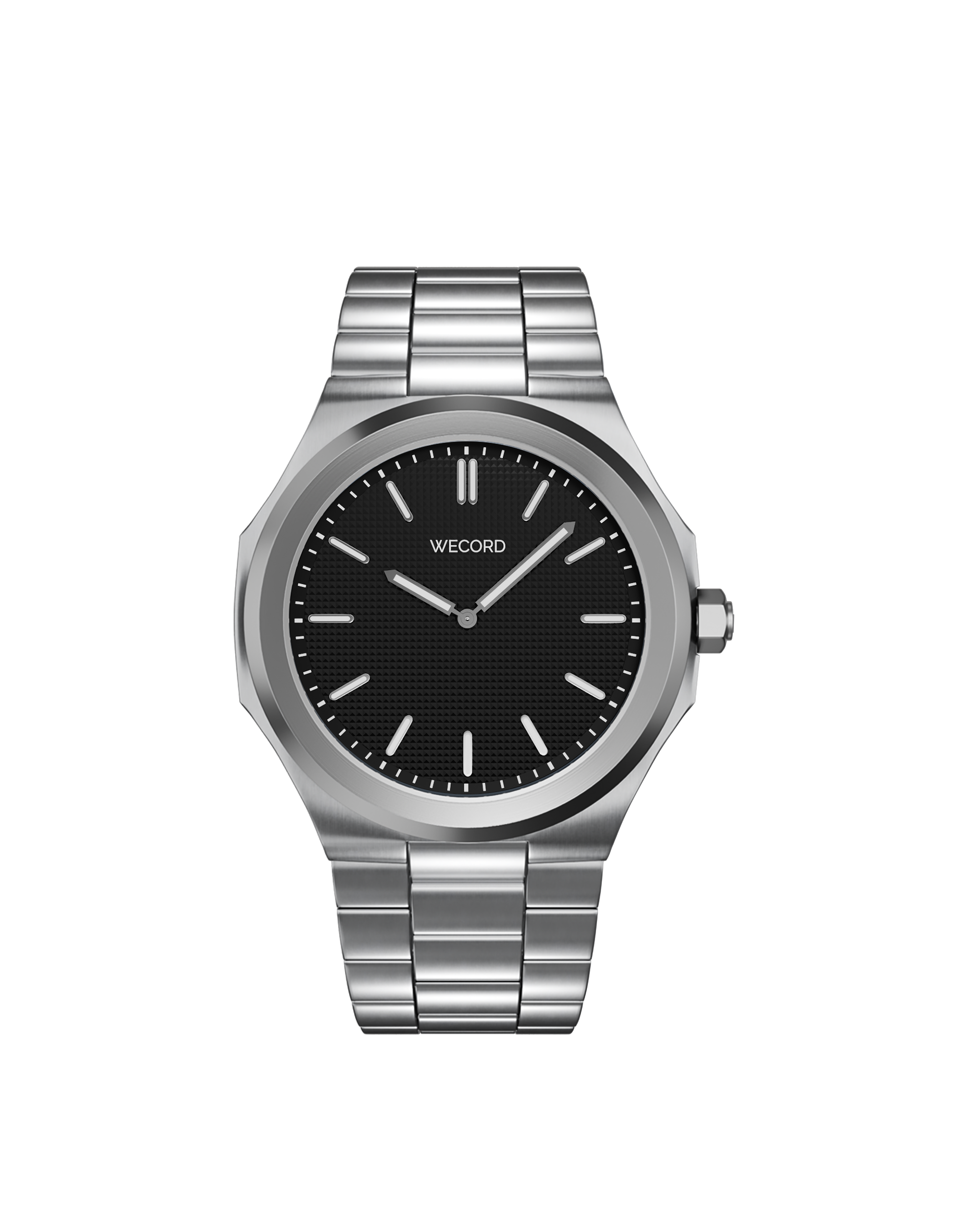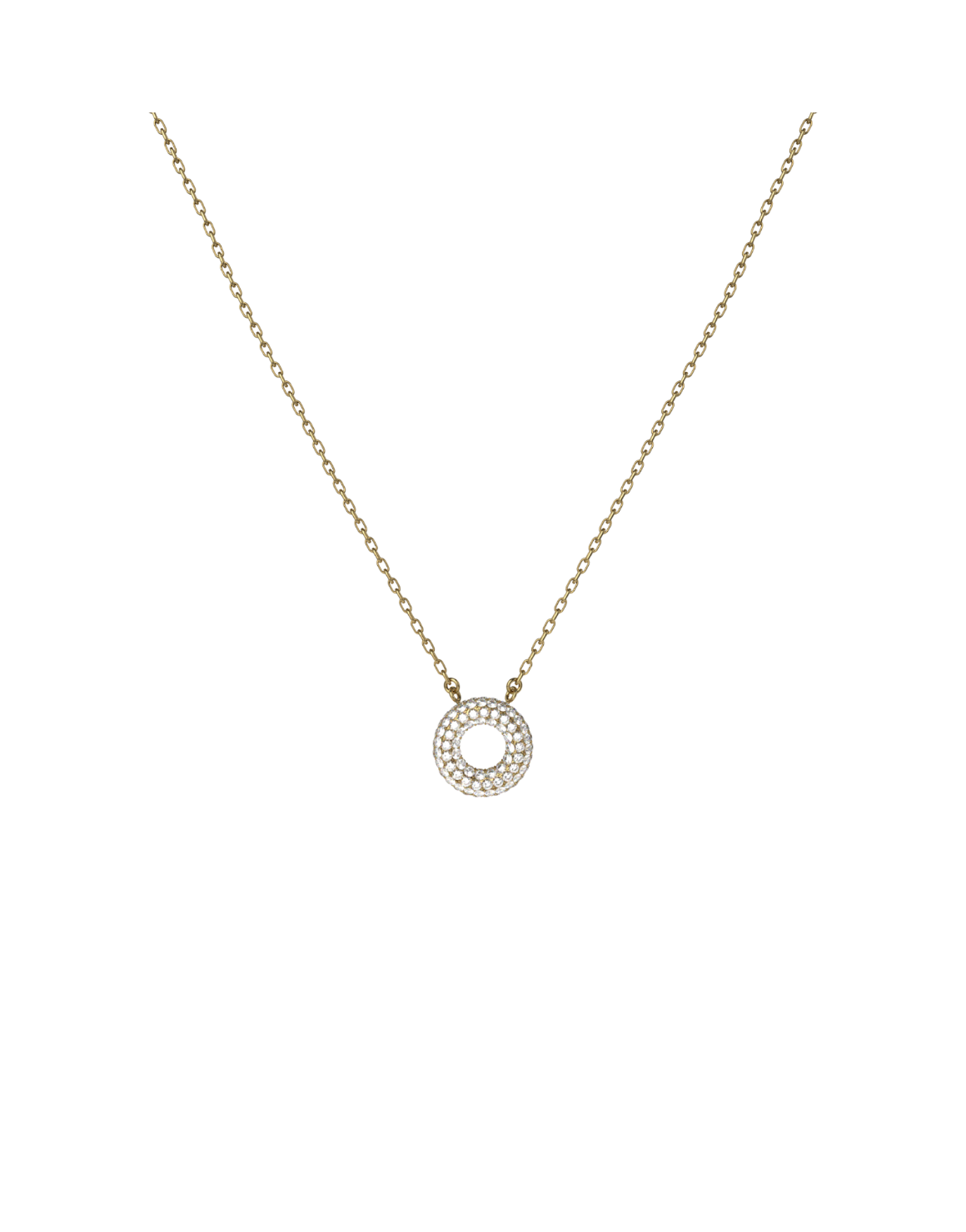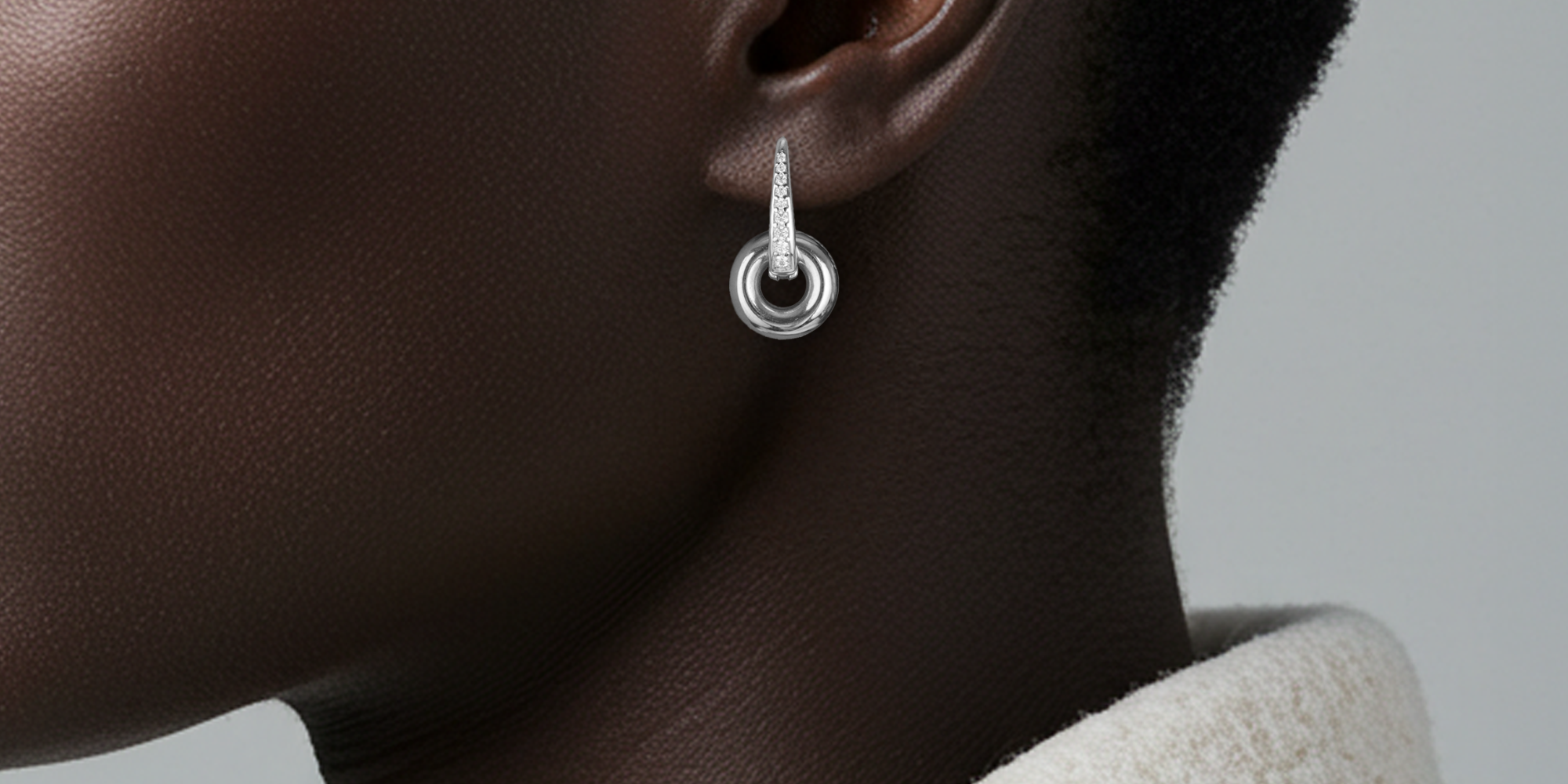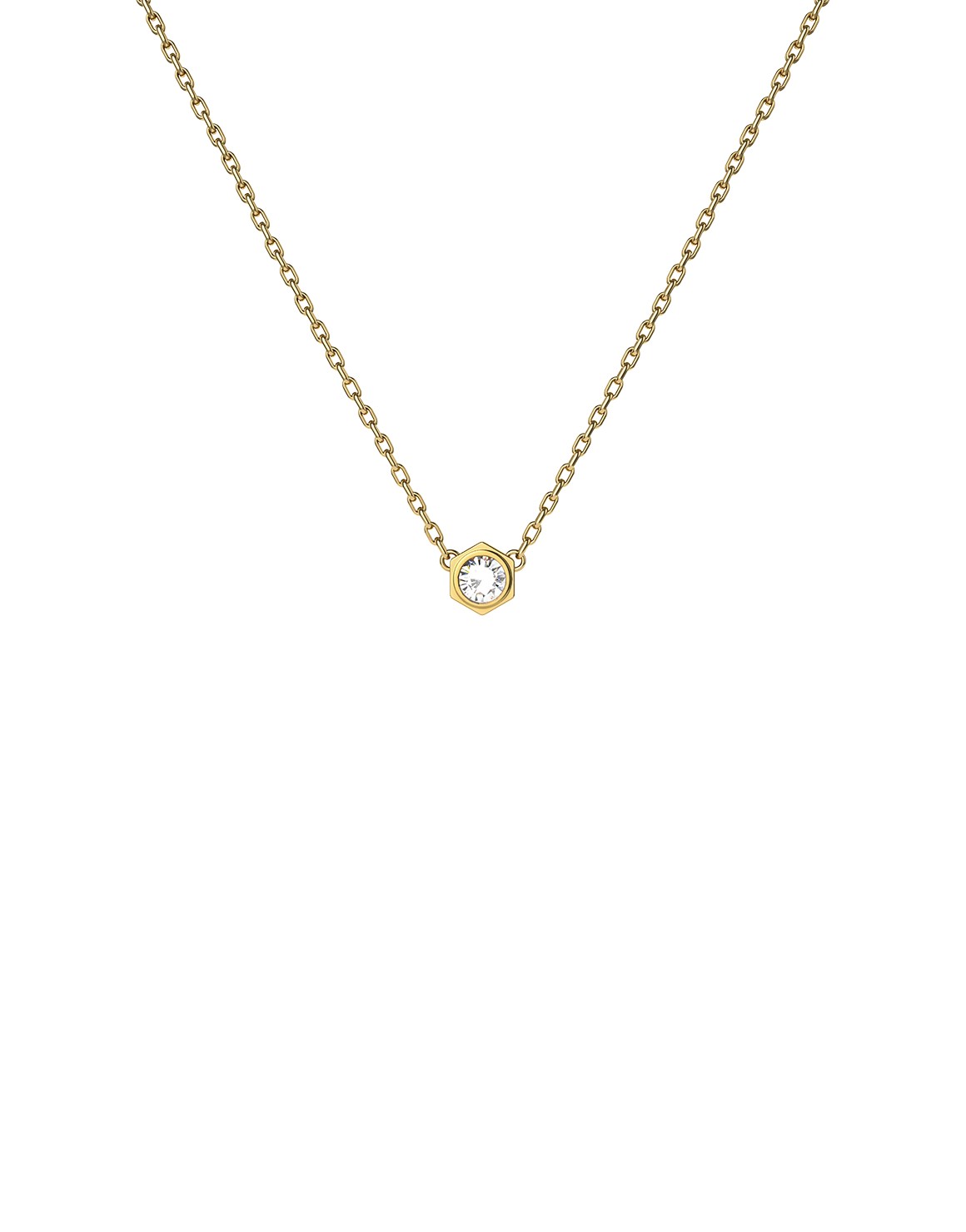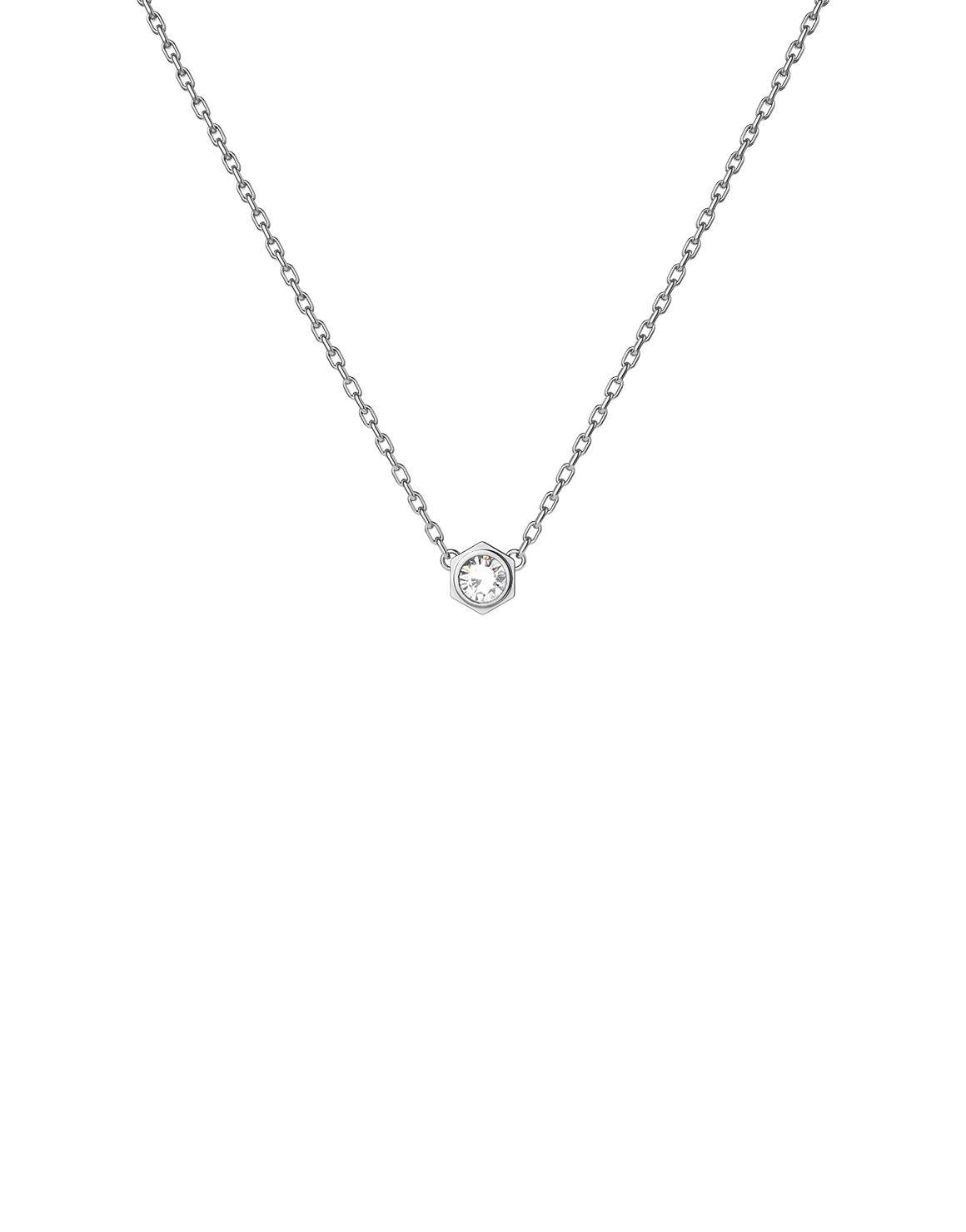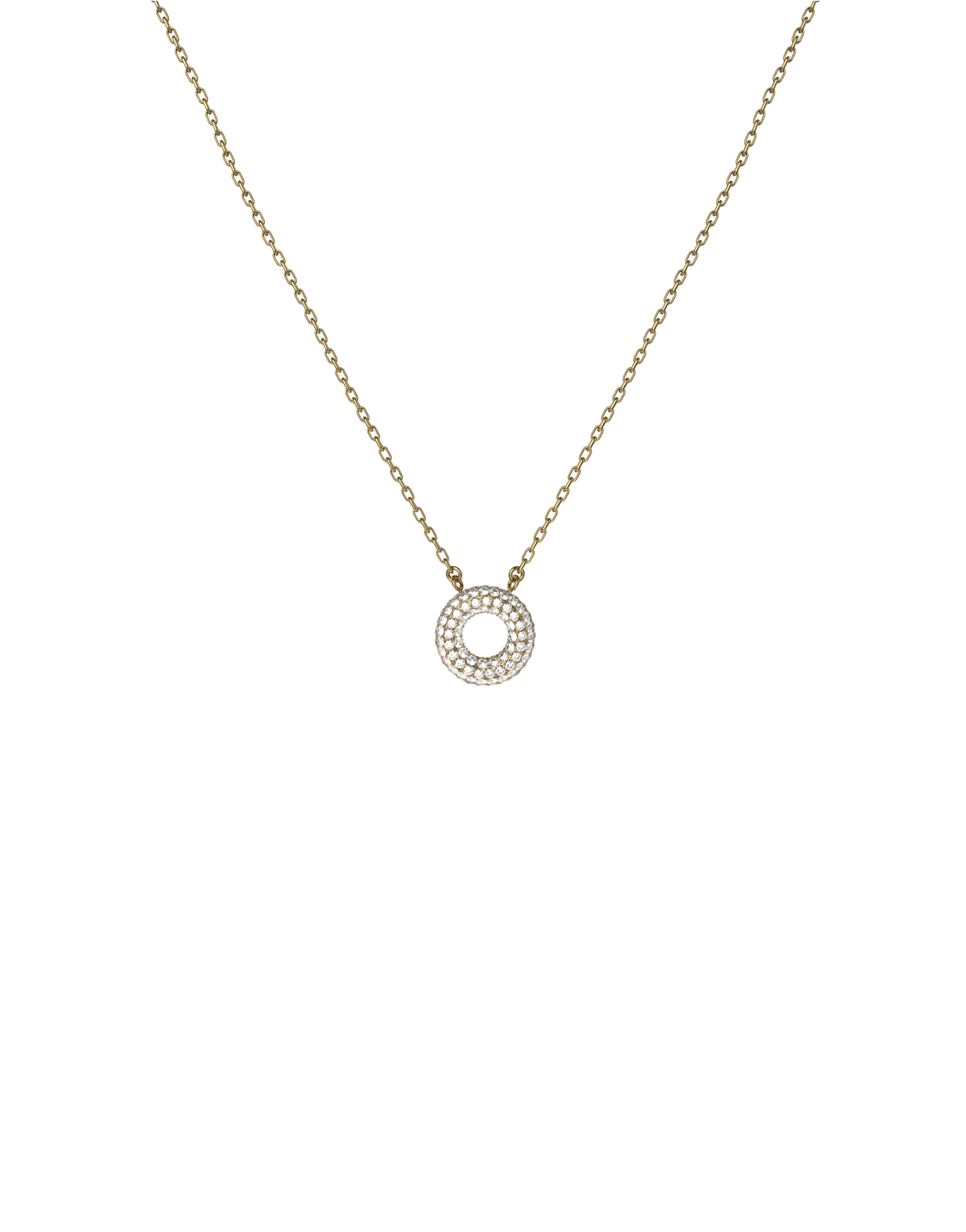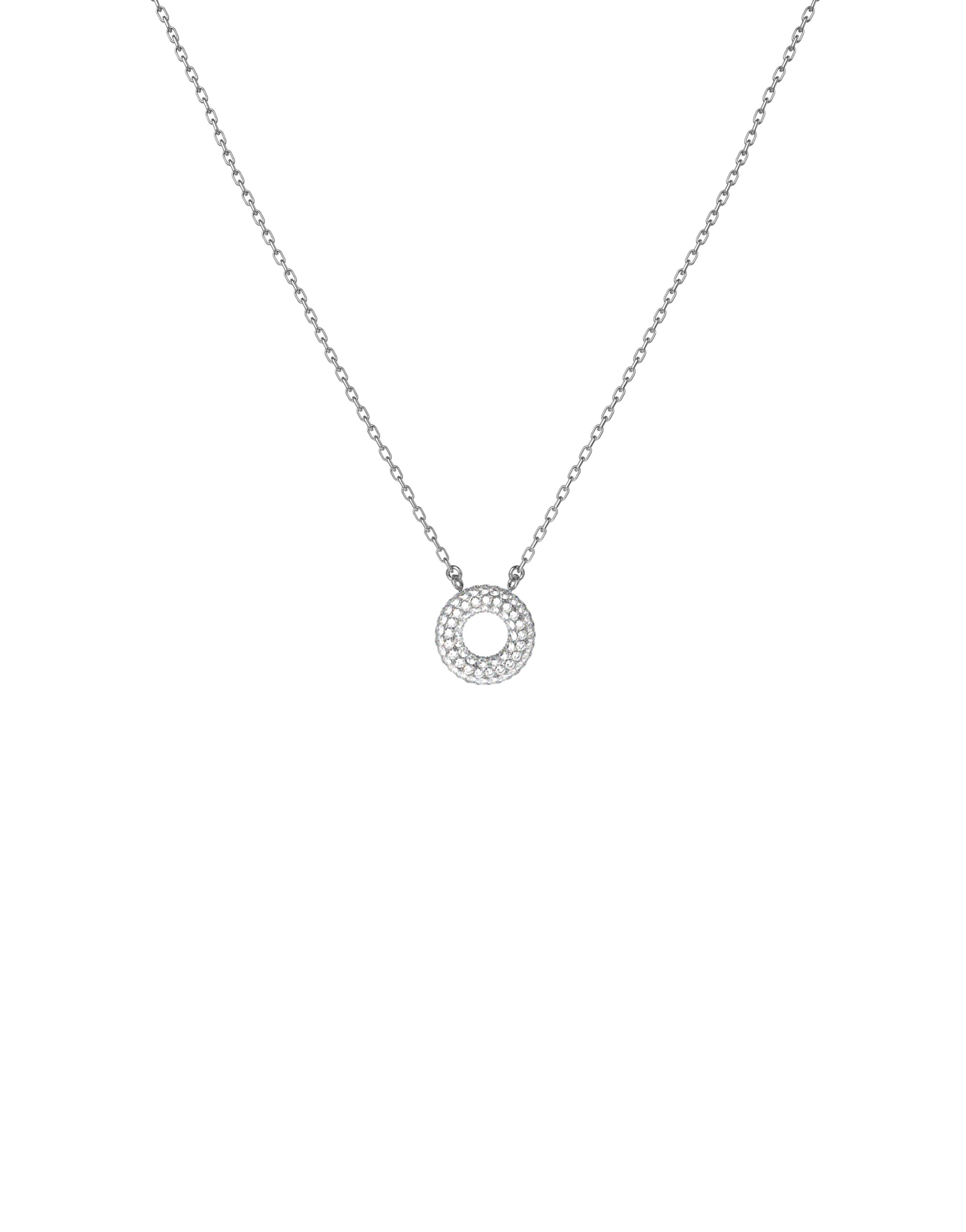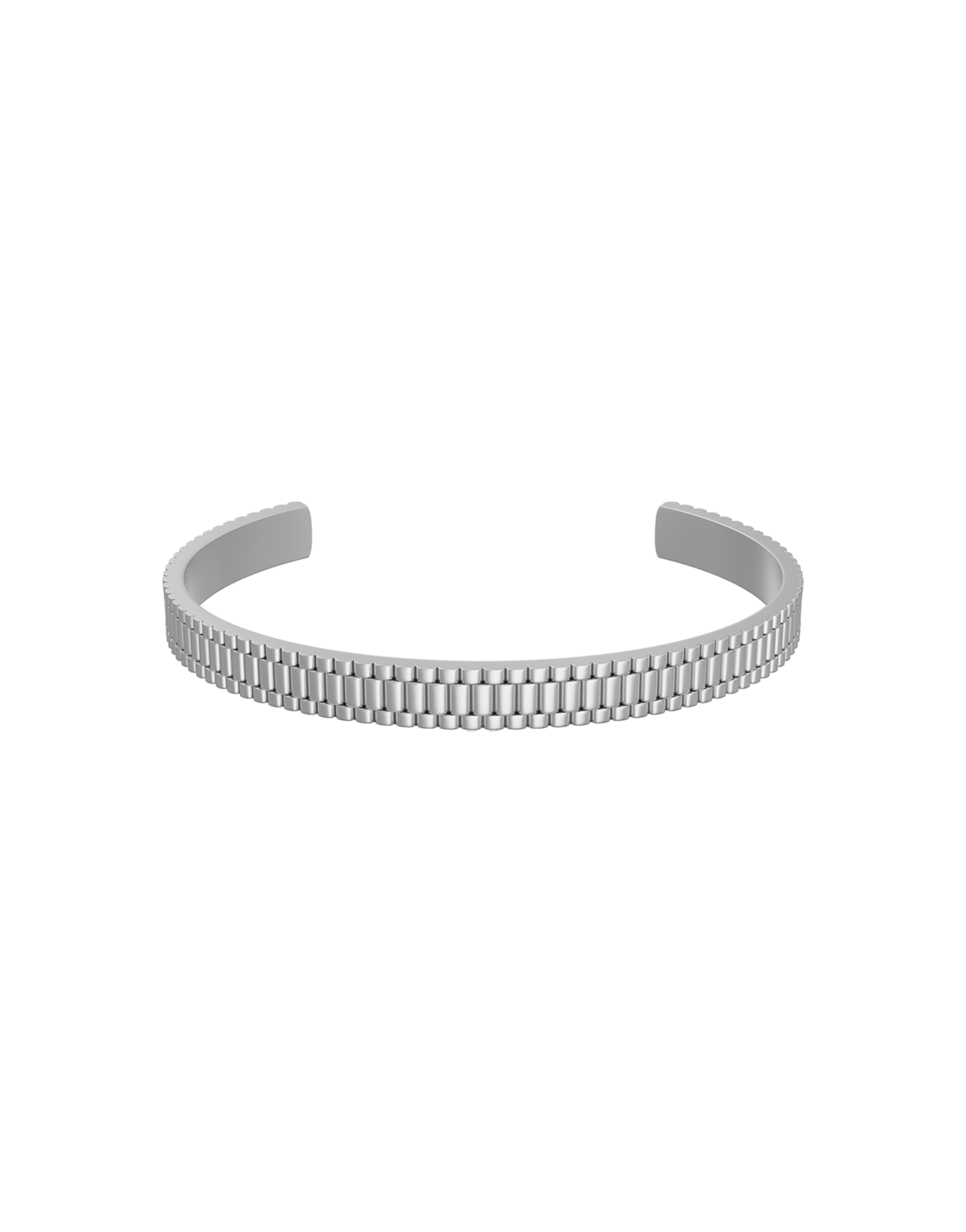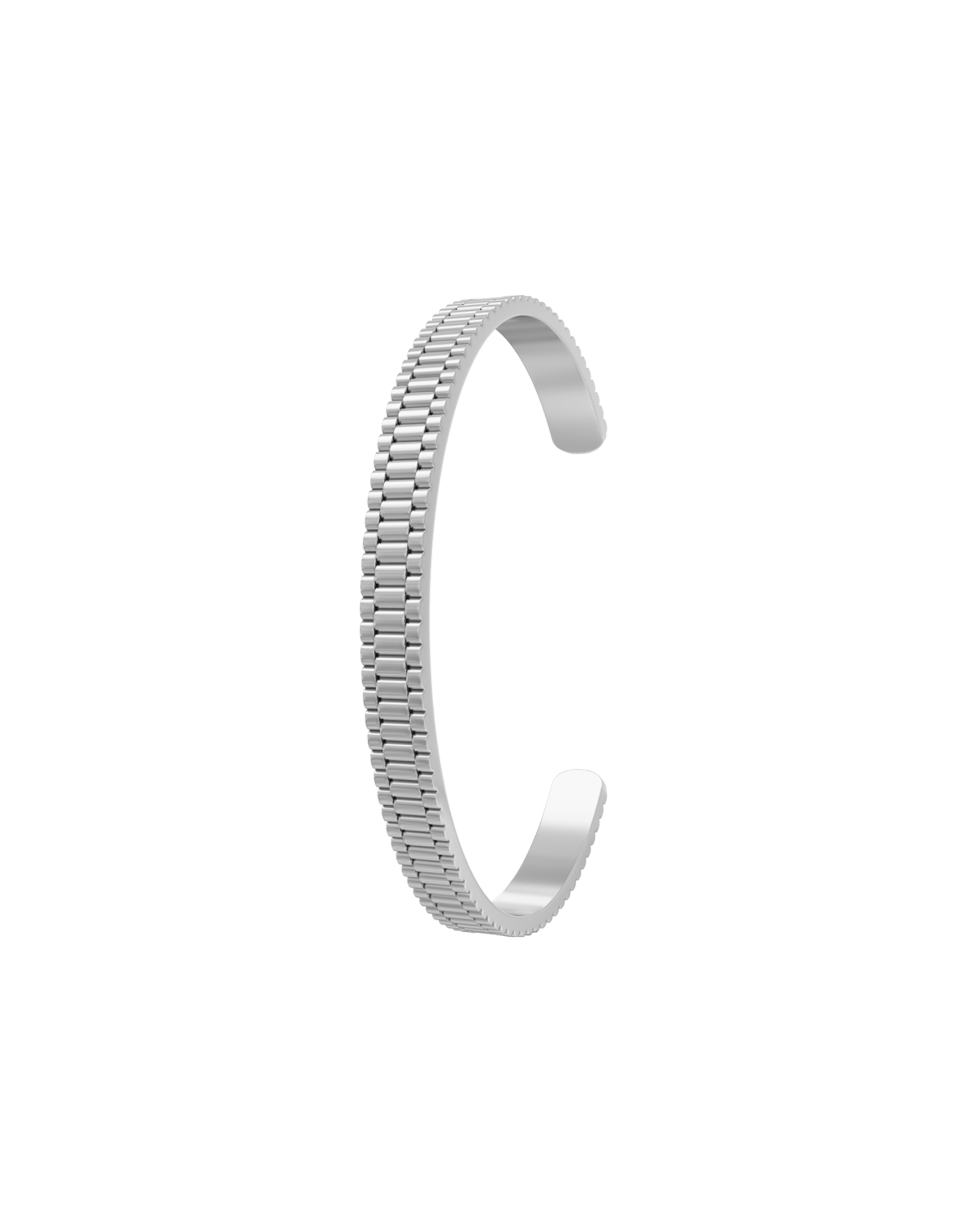When choosing jewellery, two of the most popular materials that stand out are stainless steel and 925 sterling silver. Both are widely used in crafting bracelets, rings, necklaces, and watches, offering durability and aesthetic appeal. But how do they compare, and which one suits your lifestyle best?
In this guide, we’ll explore their origins, differences, characteristics, and how they perform in everyday wear.

Origins and Manufacturing: How Are They Made?
Stainless Steel
Stainless steel is an alloy primarily composed of iron, carbon, and chromium, with the addition of other elements such as nickel or titanium to enhance its properties. The key feature of stainless steel is its high resistance to corrosion, thanks to the chromium content, which forms a protective oxide layer.
It is created through a high-temperature smelting process, where raw materials are melted, refined, and cooled into sheets, bars, or coils before being shaped into jewellery.
925 Sterling Silver
925 sterling silver, often referred to as sterling silver, is an alloy consisting of 92.5% pure silver and 7.5% other metals, typically copper. Since pure silver is too soft for jewellery, copper is added to increase strength while maintaining its signature shine.
Sterling silver is produced by melting and mixing pure silver with copper, followed by casting, shaping, and polishing to create elegant pieces. Some pieces also undergo rhodium plating to enhance their durability and resistance to tarnish.
Key Differences Between Stainless Steel and 925 Sterling Silver
When considering the choice between stainless steel and 925 sterling silver for jewelry, each material offers distinct benefits, catered to different preferences and needs. Stainless steel is celebrated for its robustness; it is highly durable and scratch-resistant, making it ideal for everyday wear. It does not tarnish over time and is fully waterproof, which translates to low maintenance, requiring just simple cleaning. Aesthetically, it tends to have a modern, industrial look, and it's usually more affordable than other metals. Additionally, certain grades of stainless steel are hypoallergenic, making them suitable for sensitive skin.
On the other hand, 925 sterling silver, while softer and more prone to scratches, exudes a classic, polished shine that appeals to those seeking a more traditional aesthetic. It may tarnish over time, especially with prolonged exposure to water, thus requiring regular polishing to maintain its luster. This silver is also known for causing allergies in some people due to its metal alloys. Despite these maintenance needs, 925 sterling silver is often preferred for its visual appeal and the luxurious feel it adds to jewelry, though it comes at a higher price due to its silver content.
Choosing between these two depends largely on lifestyle, budget, and aesthetic preference. Stainless steel offers practicality and durability at a lower cost, making it ideal for those who engage in activities that could damage softer metals. Silver, with its timeless appeal, is perfect for those who value tradition and are willing to invest in regular care to preserve their jewellery's beauty.
Which One is More Popular Globally?
Globally, 925 sterling silver is favoured in fine jewellery due to its luxurious appeal, historical significance, and traditional craftsmanship. However, stainless steel has gained popularity, especially in men’s jewellery, modern fashion, and affordable accessories due to its practicality and durability.

What Makes Them Special?
Both stainless steel and 925 sterling silver have unique qualities that set them apart, making them sought-after materials in jewellery craftsmanship. Stainless steel is renowned for its exceptional durability, resistance to tarnish, and ability to withstand daily wear without losing its original finish. It is a material that requires minimal upkeep, making it a preferred choice for individuals who prioritise convenience and longevity in their accessories. Additionally, surgical-grade stainless steel is hypoallergenic, making it a great option for those with sensitive skin.
On the other hand, 925 sterling silver embodies timeless sophistication and has been cherished for centuries for its classic appeal. Its bright, polished finish enhances the elegance of any piece, whether in the form of a simple chain, an intricate charm bracelet, or a statement ring. Unlike stainless steel, sterling silver develops a patina over time, adding character to the jewellery and giving it a vintage allure that many collectors appreciate. Moreover, it is highly customisable, allowing for engraving and intricate detailing, making it a popular choice for personalised gifts and sentimental pieces.
Ultimately, what makes each metal special is its distinct aesthetic and functionality. While stainless steel is synonymous with modern, industrial-inspired designs, sterling silver is deeply rooted in classic, fine jewellery traditions, making both materials exceptional in their own right.
Best Styling Options for Both Genders
Choosing the right jewellery comes down to personal style preferences, and both stainless steel and 925 sterling silver cater to a wide range of fashion sensibilities.
For men, stainless steel is often the material of choice for bold, statement accessories. It pairs exceptionally well with contemporary streetwear and minimalist fashion, making it ideal for thick chain bracelets, industrial-inspired rings, and sleek necklaces. A stainless steel watch or cuff bracelet can add a touch of refinement to casual and business attire, making it a versatile accessory for everyday wear. Sterling silver, on the other hand, appeals to men who appreciate classic, vintage, or sophisticated jewellery. Silver cufflinks, engraved signet rings, and detailed chain necklaces work well with formal attire, offering a polished and refined look suitable for business and evening wear.
For women, both metals offer endless possibilities. Stainless steel jewellery is perfect for those who prefer a modern, edgy aesthetic, often seen in geometric earrings, stackable rings, and contemporary bangles. It provides a sleek, understated finish that complements minimalist outfits or monochrome styles. In contrast, sterling silver is ideal for delicate charm bracelets, intricately designed pendants, and timeless hoop earrings that seamlessly blend with both professional and elegant evening attire. The warm glow of silver jewellery makes it an excellent choice for layering, allowing for a more personalised and expressive look.
Regardless of gender, stainless steel suits those who favour bold, structured, and practical jewellery, while sterling silver appeals to individuals who appreciate elegance, heritage, and timeless beauty.
Which Metal is Best for an Active Lifestyle?
For those with an active lifestyle, durability and resilience are key factors when choosing jewellery. Stainless steel is the undisputed winner in this category due to its high resistance to scratches, impact, and moisture. Whether you're an athlete, fitness enthusiast, or someone who spends a lot of time outdoors, stainless steel jewellery can endure intense conditions without tarnishing or corroding. It is waterproof, sweat-resistant, and does not require frequent polishing, making it a practical choice for sports, travel, and everyday wear.
925 sterling silver, while undeniably elegant, requires more care and attention. Exposure to sweat, water, and chemicals can cause tarnishing and oxidation, which may dull its shine over time. If worn during rigorous activities or in humid environments, sterling silver jewellery may need regular cleaning and polishing to maintain its appearance. For this reason, it is often recommended to remove sterling silver pieces before swimming, exercising, or showering to prevent discolouration and surface damage.
Ultimately, if you're looking for jewellery that you can wear without worry, even during intense physical activity, stainless steel is the ideal choice. However, if you prefer an elegant accessory for social events or professional settings, sterling silver remains a classic option that exudes sophistication.

Cost & Long-Term Value
When considering jewellery, both initial cost and long-term value play a significant role in decision-making. Stainless steel is known for its affordability, making it an attractive choice for those looking for high-quality accessories without a hefty price tag. Its low maintenance requirements and resistance to wear ensure that stainless steel jewellery retains its look for years with minimal effort, making it a cost-effective investment for everyday accessories.
On the other hand, 925 sterling silver holds intrinsic value due to its silver content, which makes it a more valuable and collectible material in the jewellery industry. While it comes at a higher price point than stainless steel, sterling silver is considered an investment-worthy purchase because of its historical appreciation in value and potential for resale. Additionally, it is commonly used in fine jewellery, designer collections, and heirloom pieces, further reinforcing its reputation as a luxury material.
For those who prioritise durability and budget-friendly options, stainless steel is an excellent choice. However, if long-term value and prestige are key factors, 925 sterling silver stands out as the superior investment.
Care & Maintenance: Keeping Your Jewellery Looking Its Best
Proper care ensures that both stainless steel and 925 sterling silver jewellery maintain their appearance over time. Fortunately, stainless steel is remarkably low-maintenance, requiring only an occasional wipe with a soft cloth to remove fingerprints or smudges. It is highly resistant to water, humidity, and everyday wear, making it ideal for those who prefer jewellery with minimal upkeep. A simple wash with mild soap and water is enough to restore its shine, and it does not require special storage conditions.
925 sterling silver, while beautiful, is more delicate and prone to tarnishing. To prevent oxidation, it is recommended to store silver jewellery in anti-tarnish pouches or lined jewellery boxes when not in use. Regular polishing with a silver cloth helps maintain its brilliance, and professional cleaning may be required for older or highly detailed pieces. Additionally, avoiding exposure to chemicals, moisture, and excessive heat will prolong its lifespan and prevent dullness.
For individuals who prefer a hassle-free, wear-anywhere option, stainless steel is the best choice. However, those who appreciate the classic allure of silver jewellery should be prepared to dedicate a little extra care to keep their pieces looking pristine.
Stainless Steel Care Stainless steel jewelry is appreciated for its low maintenance requirements. To clean it, simply use a soft cloth and some mild soap. This type of material stands up well to daily wear and tear, as it resists tarnishing and doesn’t necessitate regular polishing. However, it's best to avoid the use of harsh chemicals to keep it looking its best without much effort.
925 Sterling Silver Care In contrast requires more attentive care to maintain its lustrous appearance. Regular polishing with a silver cloth is essential to prevent tarnishing. It is also advisable to store sterling silver jewelry in an anti-tarnish pouch when it's not being worn, protecting it from air exposure that can accelerate tarnish. Moreover, it’s important to avoid letting your silver come into prolonged contact with water, perfumes, or sweat, as these elements can damage the finish over time.

تتميز مجموعة مجوهرات ويكورد بتنوعها، حيث تضم العديد من القطع والمجموعات المختلفة. مجموعة باندا، ومجموعة يونيتي، وخواتم أطلس، ومجموعة ريجنت، وخواتم إكليبس، وأساور باليه.
اقرأ المزيد

Jewellery has long been associated with self-expression, status and personal style. While watches and bracelets are common accessories for men, rings remain an underrated yet powerful addition to a...

Louis Vuitton Wins Legal Battle Against Van Cleef & Arpels: What You Need to Know The world of luxury jewellery has just seen a major legal victory for Louis Vuitton against Van Cleef & A...









